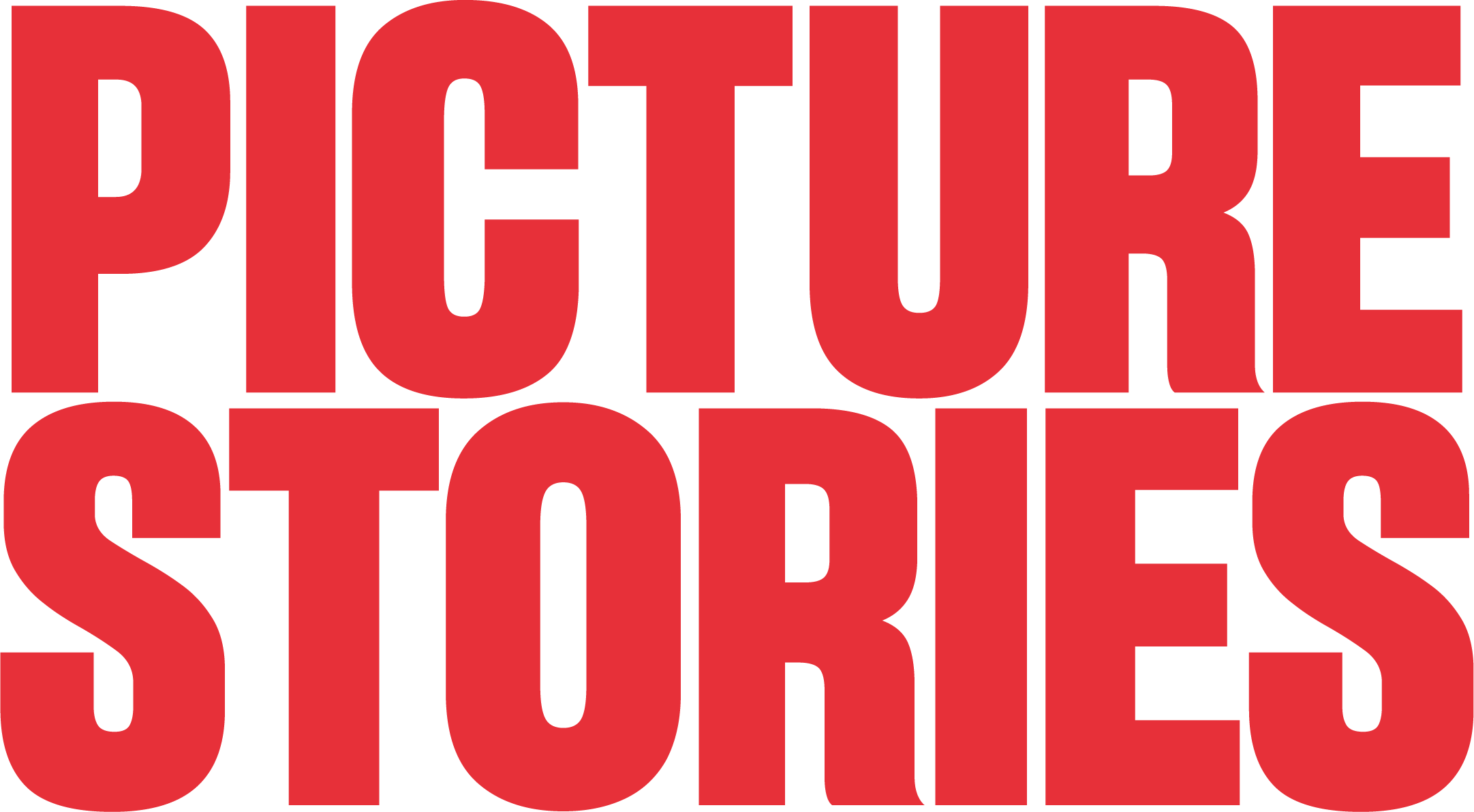A PICTURE POST PHOTOGRAPHER: HAYWOOD MAGEE
2. Early Life - Before Picture Post
“Mac” had already had a rich life before joining Picture Post.
Fellow Picture Post photographer John Chillingworth says:
“He was a Yorkshire Irishman, at least that's what he told me. He could have been an Irishman or anything else, but if you can visualize him, it was a short sturdy, weathered face.”
He was born in Goole, East Yorkshire, in October 1900, but his roots were in Belfast; his family were in the linen business. His father developed a formula for bleaching linen, and came to Britain to promote it.
Hayward’s mother was German, which may have contributed to a sense of apartness. She had to earn a living as the village schoolteacher, after his father abandoned the family in Yorkshire and emigrated to Canada - probably wanting to get in on the gold rush.
It seems that “Mac” had a fairly isolated childhood, and was a talented water-colourist as a teenager. He left Yorkshire to work in the phone service in London, and then joined the Royal Flying Corps in 1918, where he learnt his trade as a reconnaissance photographer.


One of Magee's aerial photographs of Troy
Flying in the back of a biplane, he took aerial photographs of the WW1 trenches, of Gallipolli and of the ruins at Troy: some of these photos survive.
He travelled widely, including to Karachi, where he is believed to have befriended Lawrence of Arabia - who he admired greatly, and after whom he named his son.
He left the RAF in 1926.
For a while, he freelanced as a photographer, without clear direction. He married Dorothy (Dorrie) Fendt, a civil servant, in Camberwell in 1929; his wife’s father was a compositor on the Graphic, and this drew him into working for the press. He moved to Bristol to work on a local paper, the Evening World, and there his son Lawrence was born.
Later, he got a job on the Leicester Evening Mail, and the family lived Leicester for 5 years. But his wife lost a baby, and blamed the poor quality of care in the provinces. They moved back to London.
From 1935 onwards, he worked on the Weekly Illustrated, a picture magazine, where he worked with and learnt from the pioneering press photographer Jimmy Jarché.
His editor was Stefan Lorant, who went on to found the new picture magazine, Picture Post.

A reference from Leicester Evening Mail

